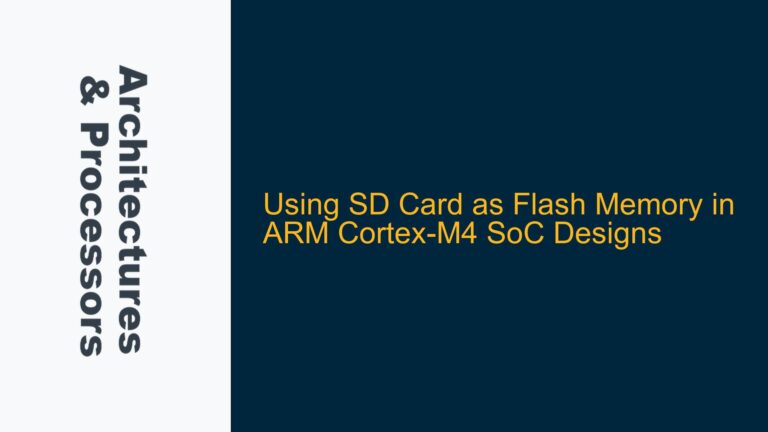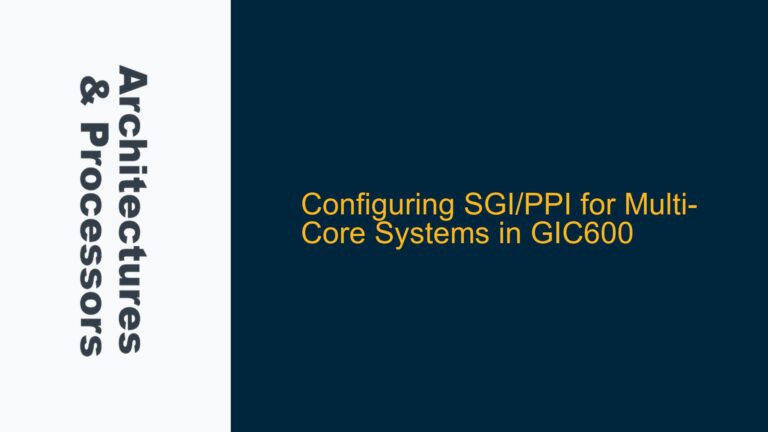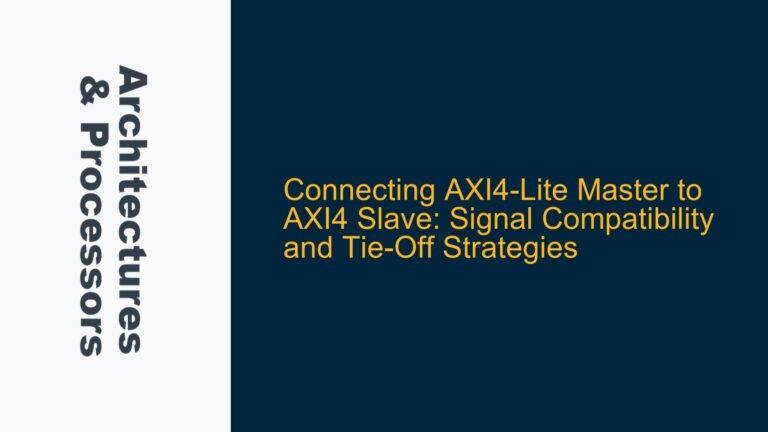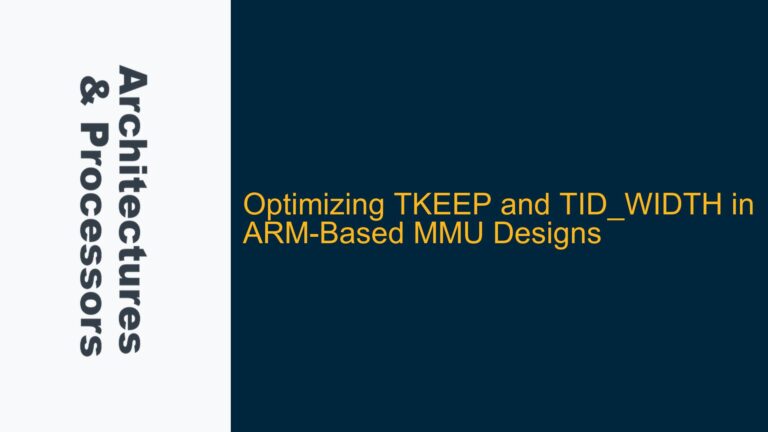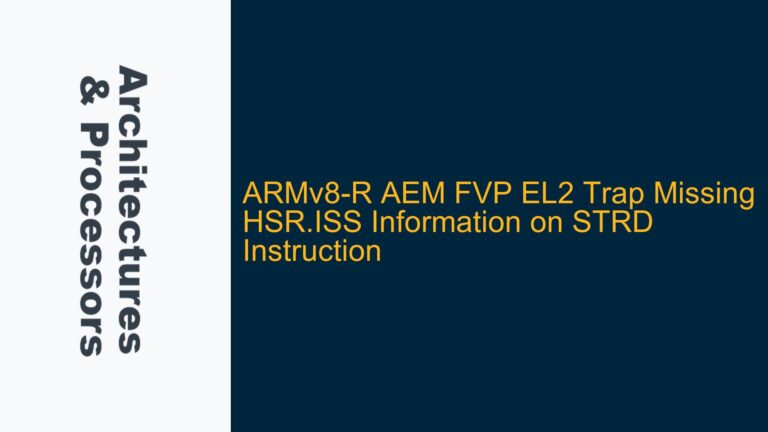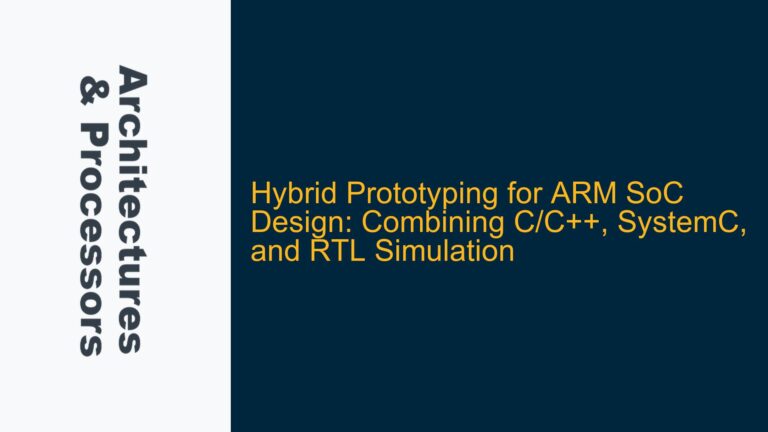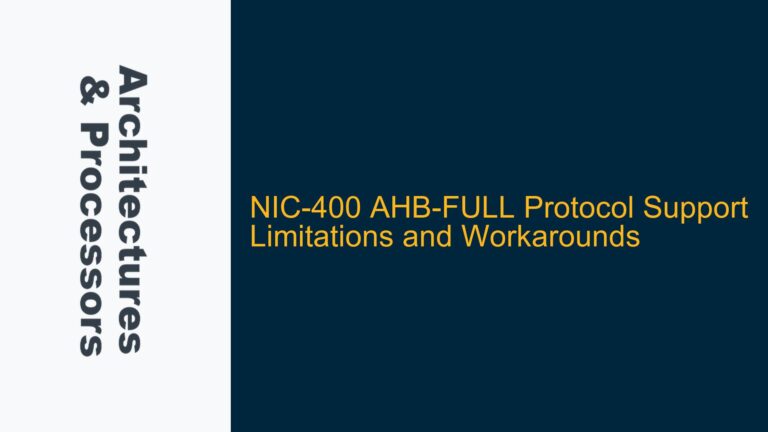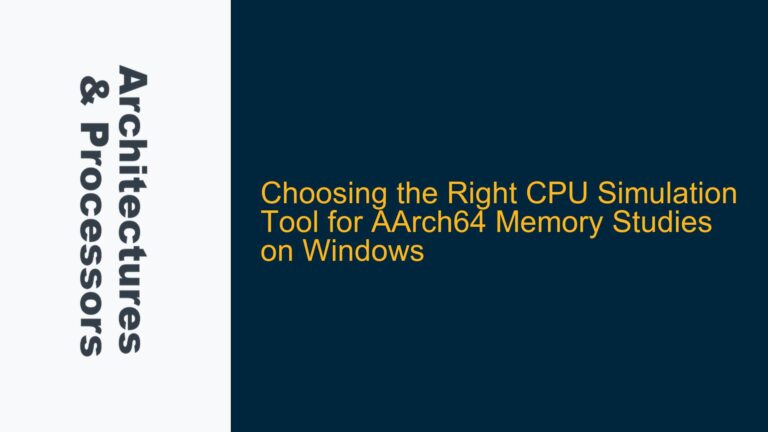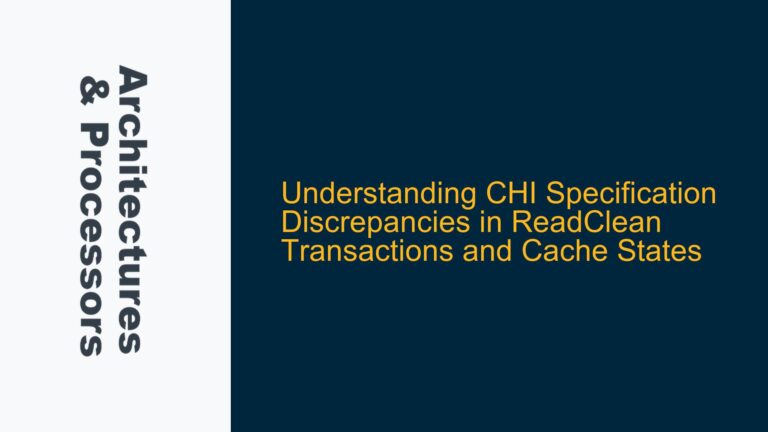Using SD Card as Flash Memory in ARM Cortex-M4 SoC Designs
ARM Cortex-M4 SoC Memory Constraints and SD Card Utilization In ARM Cortex-M4-based System-on-Chip (SoC) designs, memory constraints often pose significant challenges, especially when external flash memory is unavailable or impractical. One potential solution involves repurposing a MicroSD card as flash memory, leveraging the Quad-SPI interface typically used for flash memory communication. This approach requires careful…
